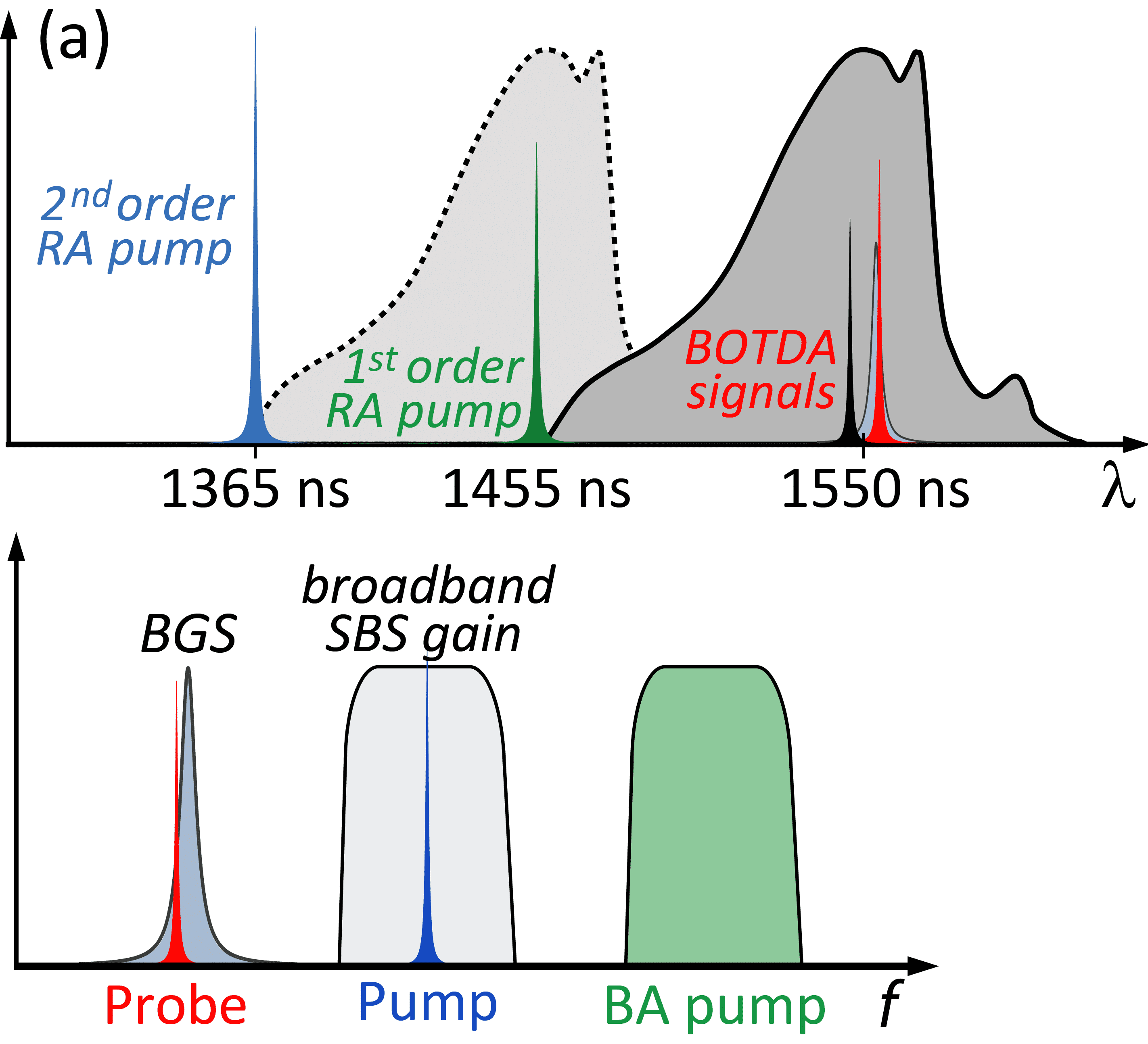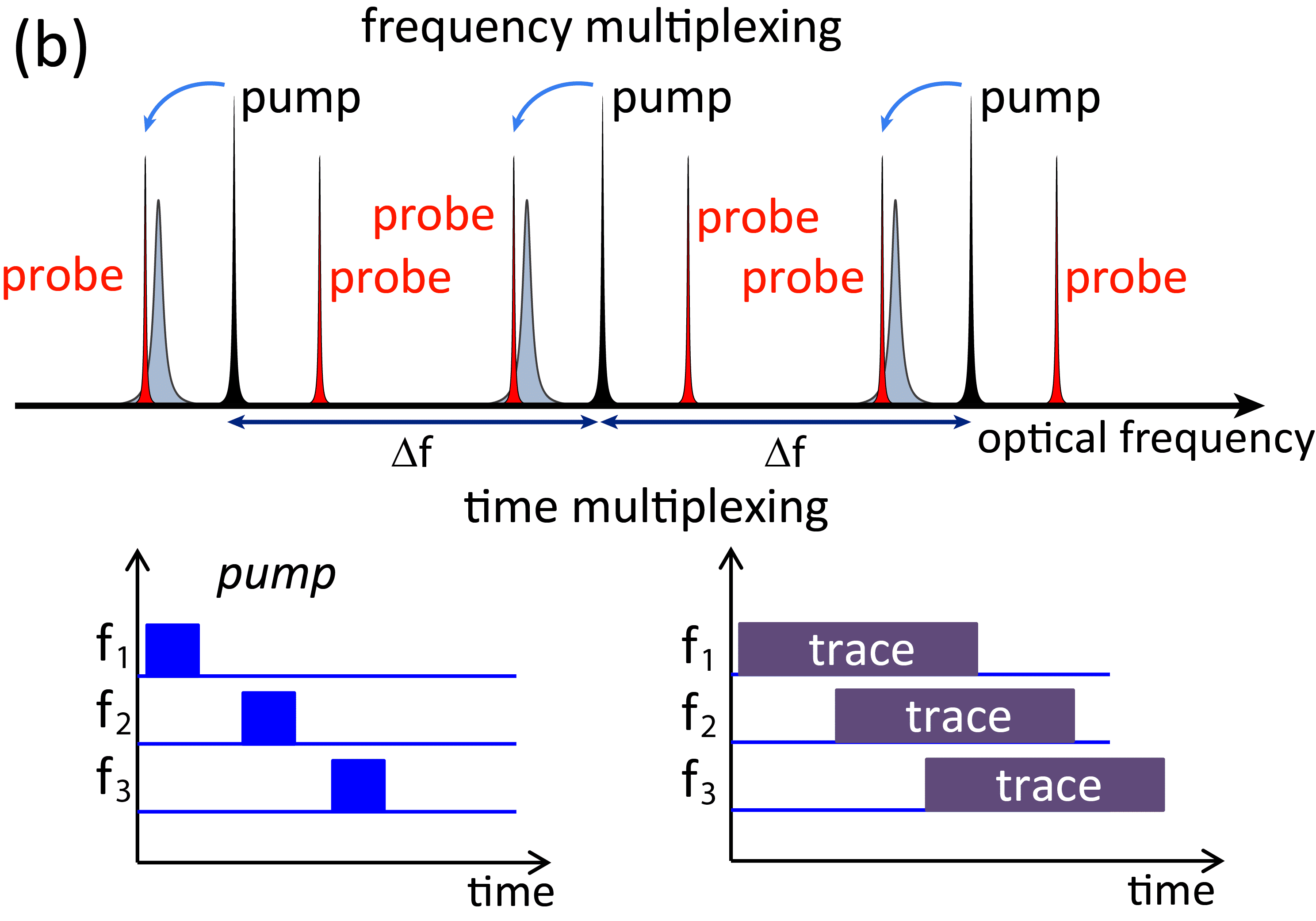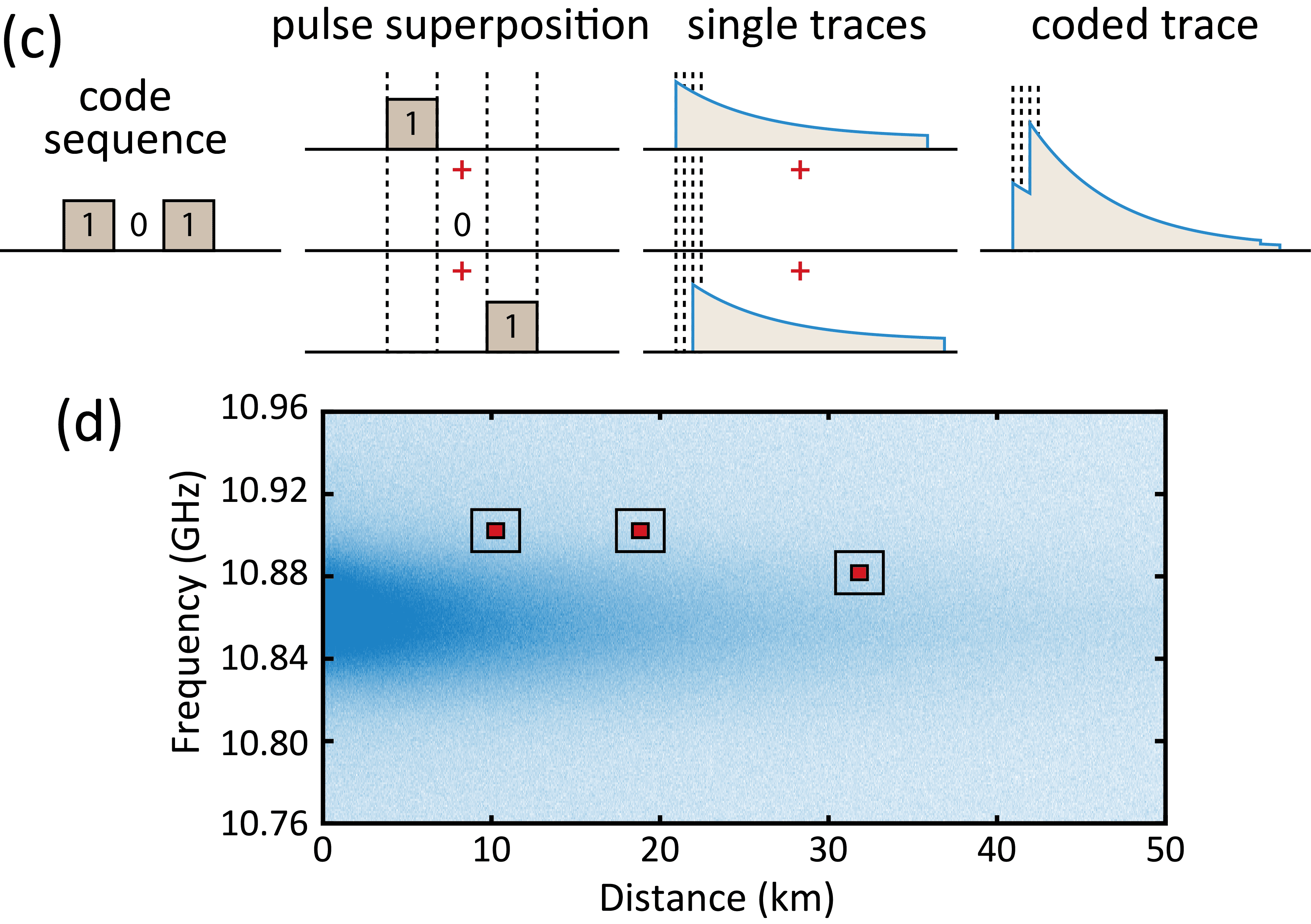
Tutorial
Distributed Brillouin Fibre Sensing
Distributed fibre sensing based on backward Brillouin scattering is becoming a mature technology enabling different potential configurations. The fundamental limitations of conventional distributed Brillouin sensing are here discussed, along with advanced enhancement techniques.
A significant progress on the understanding and development of distributed Brillouin sensing has been reported during the last decade. Research has pointed out that the signal-to-noise ratio (SNR) is the key variable scaling all performance parameters (such as sensing range, measurand resolution, measurement time and spatial resolution) of a distributed Brillouin sensor [1]. Therefore, any technique dedicated to boost the sensor performance must secure an improvement of the measurement SNR.
From existing approaches, Brillouin optical-time domain analysis (BOTDA) [1,2] has proved to be the technique that allows the best performance and versatility, permitting the implementation of long-range, sub-metric and dynamic sensors [2,3] (note however that these features are typically not achieved simultaneously in a single sensor). BOTDA is based on a pump-probe interaction through backward SBS; thus to maximise the sensor response, pump and probe powers must be increased up to the limit imposed by nonlinear effects [2,3]. In particular, the pump power is limited by modulation instability to ~100 mW (in long fibres, i.e. > 20 km), while the probe power must remain below -6 dBm/band in a dual-sideband scheme to avoid detrimental nonlocal effects [3]. In addition to boosting the sensor response, high-performance BOTDA also requires minimising all sources of noise (i.e. optical and electrical) [4].
To increase the figure-of-merit of BOTDA sensors [1], many techniques have been proposed in the last decade [2,3]. In the case of long range sensing (condition that imposes the most stringent SNR requirements), the most efficient methods for performance enhancement can be categorised into 4 main approaches: i) optical amplification (discrete or distributed; Fig. 1a), ii) multiplexing schemes (in frequency and/or time domain; Fig. 1b), iii) optical pulse coding (unipolar or bipolar; Fig. 1c), and iv) signal processing (unidimensional or multidimensional, linear or nonlinear; Fig. 1d).



Fig. 1: Advanced techniques for long-range BOTDA enhancement. (a) Distributed optical amplification. (b) Time-frequency multiplexing. (c) Optical pulse coding. (d) Image denoising.
References
[1] M. A. Soto and L. Thévenaz, “Modeling and evaluating the performance of Brillouin distributed optical fiber sensors,” Opt. Express 21(25), 31347-31366 (2013).
[2] A. Motil, A. Bergman, and M. Tur, “[INVITED] State of the art of Brillouin fiber-optic distributed sensing,” Optics & Laser Technology, 78(A), 81–103, (2016).
[3] M. A. Soto, “Distributed Brillouin Sensing: Time-Domain Techniques,” in Peng GD. (eds) Handbook of Optical Fibers (Springer Nature, Singapore, 2018)
[4] J. Urricelqui, M. A. Soto, and L. Thévenaz, “Sources of noise in Brillouin optical time-domain analyzers,” Proc. SPIE 9634, 24th International Conference on Optical Fibre Sensors, 963434, 2015.
Email: marcelo.sotoh@usm.cl

Powered by Eventact EMS